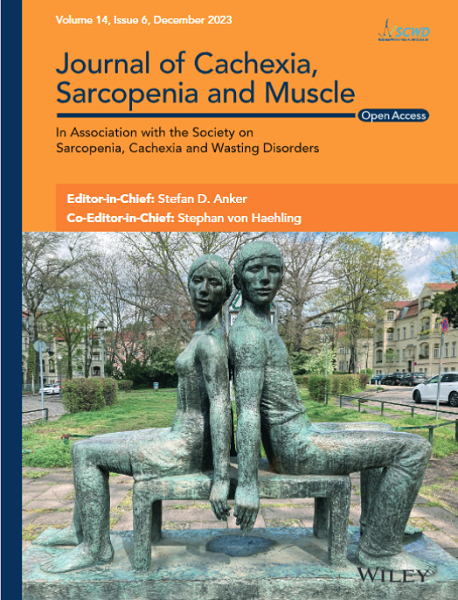Comprehensive Evaluation of Frailty and Sarcopenia Markers to Predict Survival in Glioblastoma Patients
Abstract
Background
Glioblastoma (GBM) is the most common primary malignant brain tumour in adults. Patients with GBM are particularly susceptible to moderate-to-high frail. Frailty status has been associated with the outcome of many types of cancer, including GBM, although there is still little consensus regarding the specific criteria for assessing frailty status. This study aimed to determine the predictive significance of the modified frailty score (mFS) in GBM patients using haematological and sarcopenia indicators.
Methods
Between January 2016 and September 2022, we enrolled 309 adult GBM patients. Data on demographics, haematological examination, and temporal muscle thickness (TMT) were collected and assessed. The prognostic relevance of the frailty parameters was established using Kaplan–Meier and Cox proportional model. The scoring systems were created by integrating these indicators. Variables with independent prognostic values were used to construct the nomograms. Nomogram accuracy was evaluated using the calibration curve, Harrell's concordance index (C-index), and time-dependent receiver operating characteristic curves. Clinical practicality was assessed using decision curve analysis.
Results
The baseline characteristics of the 309 participants revealed a median age of 59 years (interquartile range 52–66) with a predominance of male patients (58.58%). TMT (hazard ratio [HR] = 3.787, 95% confidence interval [CI] 2.576–5.566, p < 0.001), prognostic nutritional index (HR = 1.722, 95% CI 1.098–2.703, p = 0.018), and mean corpuscular volume (HR = 1.958, 95% CI 1.111–3.451, p = 0.020) were identified as independent prognostic markers. The constructed mFS, obtained by integrating these three indices, exhibited independent prognostic significance (HR = 2.461, 95% CI 1.751–3.457, p < 0.001). The patients in the low-risk group had a median overall survival (OS) of 13.9 months, while the patients in the high risk had a median OS of 5.8 months. Importantly, the mFS demonstrated significant independent prognostic value in the subgroup aged > 65 (HR = 1.822, 95% CI 1.011–3.284, p = 0.046). The nomogram, which included the mFS, demonstrated high accuracy, with a c-index of 0.781. The nomogram bootstrapped calibration plot also performed well compared to the ideal model. Nomograms showed promising discriminative potential, with time-dependent areas under the curves of 0.945, 0.835, and 0.820 for 0.5-, 1-, and 2-year overall survival prediction, respectively.
Conclusions
Preoperative mFS is a comprehensive frailty marker for predicting survival outcomes in patients with GBM. A dynamic nomogram incorporating the mFS may facilitate preoperative survival evaluation. Early and appropriate multimodal interventions, including nutritional support, rehabilitation, and psychological care, may help in the neurosurgical care of patients with GBM or other brain tumours.


 求助内容:
求助内容: 应助结果提醒方式:
应助结果提醒方式:


